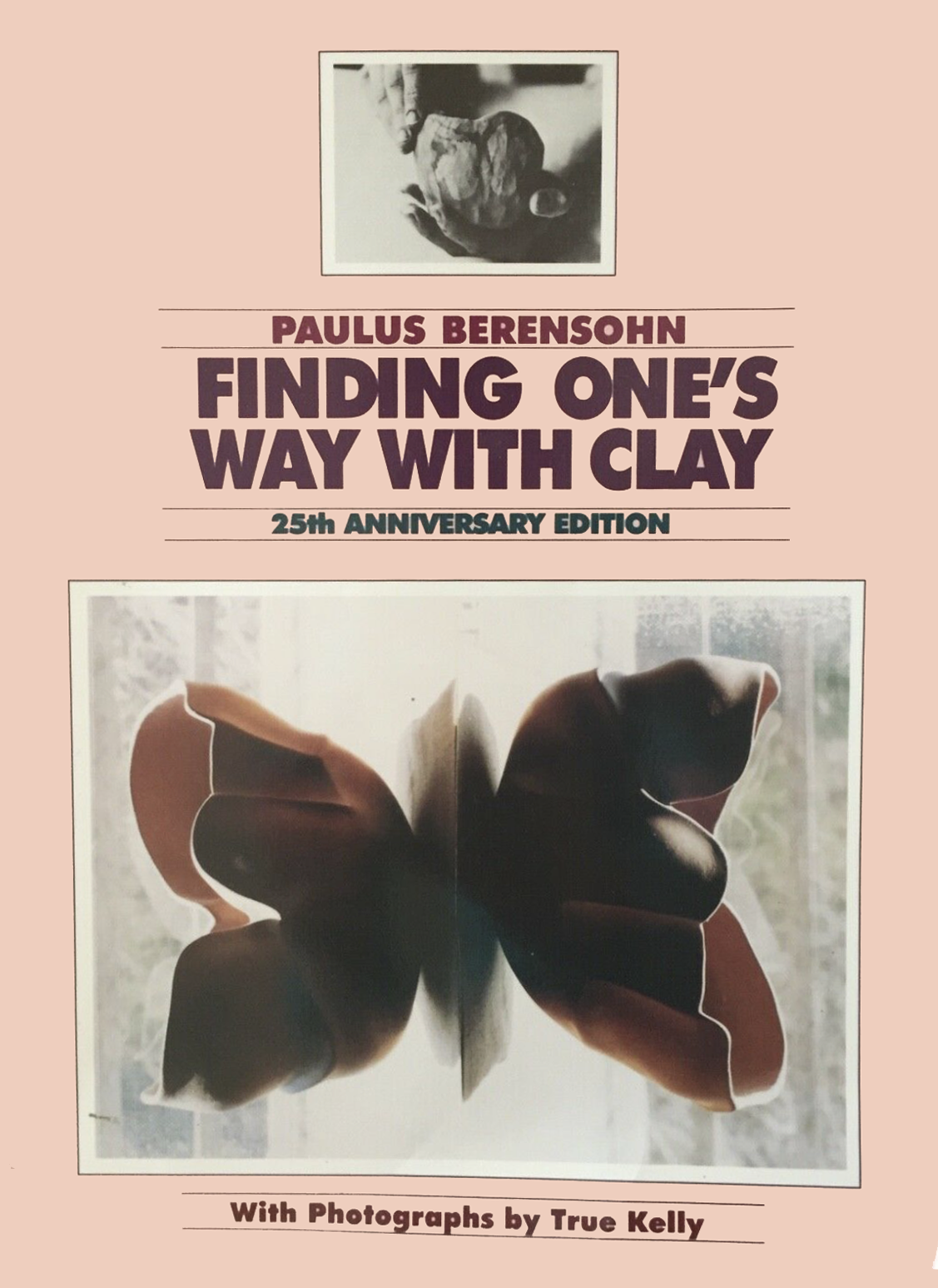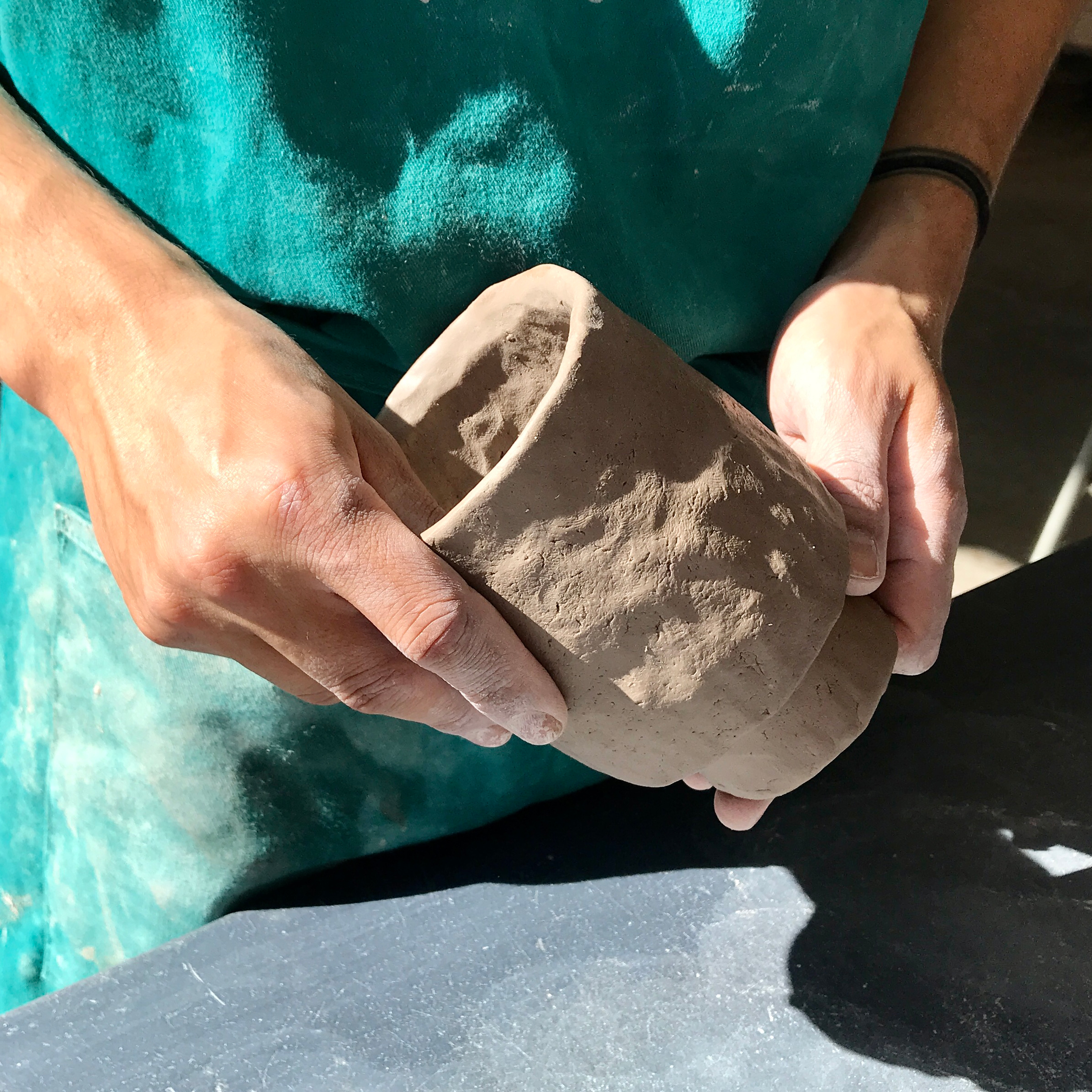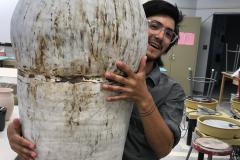 "Can I find my way with clay to community and healing?"
"Can I find my way with clay to community and healing?"
– M.C. Richards in Paulus Berensohn’s Finding One’s Way With Clay
When I first started to work with clay, the majority of my concern was with technical skill. To make strong work, it seemed what was most important was to understand how best to manipulate the clay. My interest in clay, like many, started with the wheel. Experienced potters at my community studio would make great pots with ease. I struggled to make pots and, when they were finished, I found they didn’t speak to who I was. While happy with having work make it through the entire process, I struggled with making work that is connected to my voice.
Frank Tomizuka, a potter at Romero House Potters in Tucson, Arizona, where I worked, one day brought in the book Finding One’s Way With Clay by Paulus Berensohn. In this book, Berensohn speaks to the spirit of making, providing prompts that will later stimulate an individual’s creativity. He encourages readers to build pinch pots, speaking to the quiet little pace which is required to make. The book resonated with me deeply.
 My mind began to associate abstract ideas with the process of making. I was set on a path to question conventions within ceramics. Making pinch pots introduced an entirely unfamiliar sensation of building. It requires precision and confidence to direct the clay in a meaningful way, but all of that work can be lost if one is not mindful of what the clay will allow.
My mind began to associate abstract ideas with the process of making. I was set on a path to question conventions within ceramics. Making pinch pots introduced an entirely unfamiliar sensation of building. It requires precision and confidence to direct the clay in a meaningful way, but all of that work can be lost if one is not mindful of what the clay will allow.
Where I once considered pinch pots as being unrefined, I now developed a keener sense of form and process. Berensohn asked readers to form a pot out of a single ball of clay. Quickly, the task presented as unruly and difficult to manage. It is a challenge to steadily develop and articulate the form while asking the clay to maintain its shape.
Paul S. Briggs takes this restriction as both a philosophical and a technical challenge. Looking to push the limit of what one can build from a single ball of clay, Briggs creates highly refined objects with complex parts. These features are made by careful consideration, attention, and control of the clay. He spends time slowly directing the clay, thick and thin, to areas which will later be used to become something entirely different. He spends time making sure every inch is considered and put in its right place.


